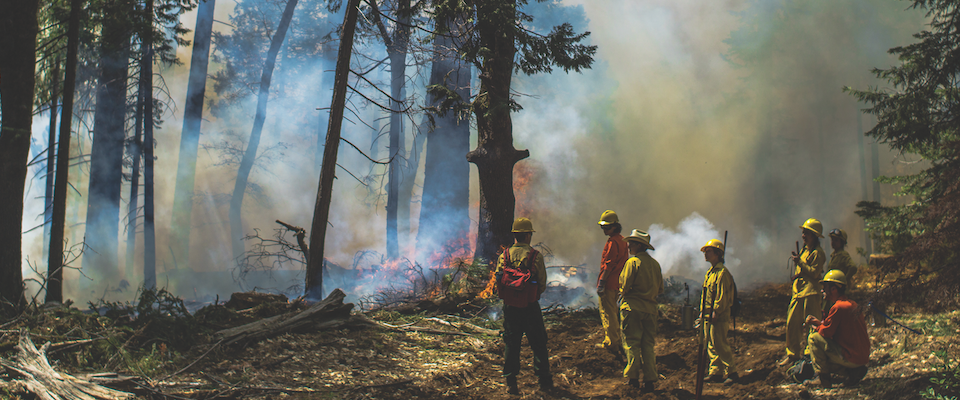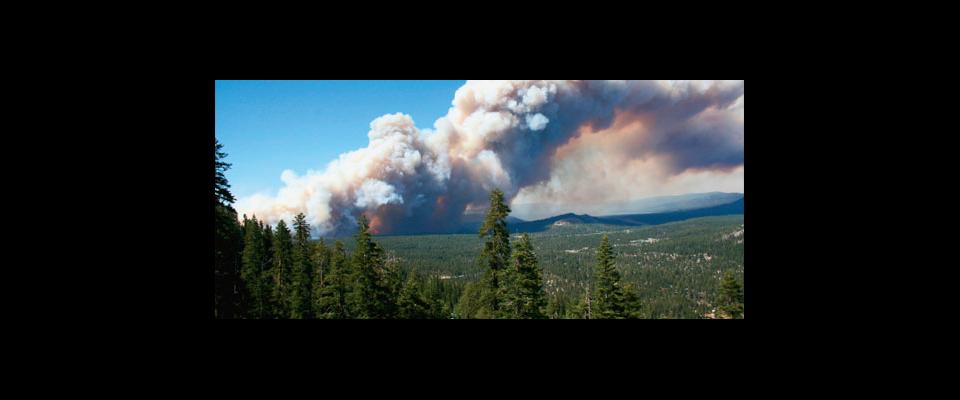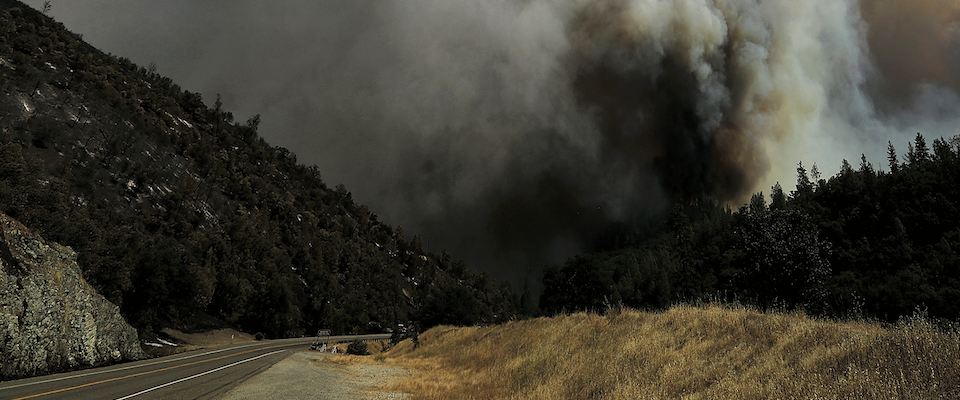One of four research forests owned by the University, Blodgett is Berkeley’s crown jewel.
UC Berkeley’s Blodgett Experimental Forest is situated on the Georgetown Divide between the Middle and South forks of the American River, about 80 miles southeast of Paradise and smack in the heart of California’s most productive timber country. It’s just one of four such research forests owned by the University, but Rob York, Blodgett’s director and Berkeley adjunct professor of forestry, calls it the crown jewel.
Since 1933, when it was donated to the University, Blodgett has been used as an outdoor laboratory in which to study timber management practices, including harvesting methods and costs, insect and disease control, and the ecological impacts of logging. But in recent years, research at Blodgett has increasingly centered on catastrophic wildfire.
The primary focus has been the reduction of what’s called “fuel loading,” the accumulation of woody debris on the forest floor and the growth of dense thickets of smaller trees known as “ladder fuels.” Such buildup is what allows low-intensity fires that might otherwise remain on the forest floor to climb up into the canopy, creating all-consuming infernos of the kind that leveled Paradise.
The idea of setting fire to their own property is overwhelming for many landowners. But there’s a technique behind it.
For the last 17 years, researchers at Blodgett have been exploring the relative benefits of different methods of fuel-load reduction. At more than 4,000 acres, the property is large enough to allow researchers to conduct large-scale studies of different techniques across a number of years. The latter is especially important stresses York. “You’ve got to commit to a time period that’s long enough that it’s actually relevant for forests. Because trees live two hundred, three hundred years.”
In control areas of Blodgett, the forest is allowed to grow without intervention. Another swath is mechanically thinned with chainsaws and brush-consuming masticators, while in another, fuel load is reduced with prescribed fire, which burns away woody debris, small trees and leaf litter. Finally, in a separate patch of forest the two approaches are combined. The results point to the value of controlled burning in maintaining the health of forests and protecting them from catastrophic fire.
It’s an ancient technique; indigenous peoples in California used fire to manage forests for centuries and perhaps millennia. In modern California, however, fighting fires has long been the focus, something York feels was wrongheaded. “It’s my opinion that the policy of fire suppression has been a complete failure,” he says. “Fire is a central component that sustains these forests. It’s like rain. We wouldn’t dream of taking away rain from the forests, right? We took away fire and now we’re seeing dramatic consequences.”
To help restore the practice, Blodgett researchers hold workshops where the public can learn the basics of prescription fires. York notes that the idea of setting fire to their own property is overwhelming for many landowners. “But there’s a technique behind it. Once you understand the technique then you can reduce your risk of something going wrong.”
For those who’d like to learn about the various forest management practices, or simply admire the beauty of the property, Blodgett offers a three-mile self-guided tour called the Trail of Epiphany. “The diversity here is really special to me,” says York. He points out that, in a single acre of forest on the property, you’ll likely find Douglas fir, white fir, incense cedar, sugar pine, and ponderosa pine—all five of the great conifers that characterize the forests of the Sierra foothills.




















